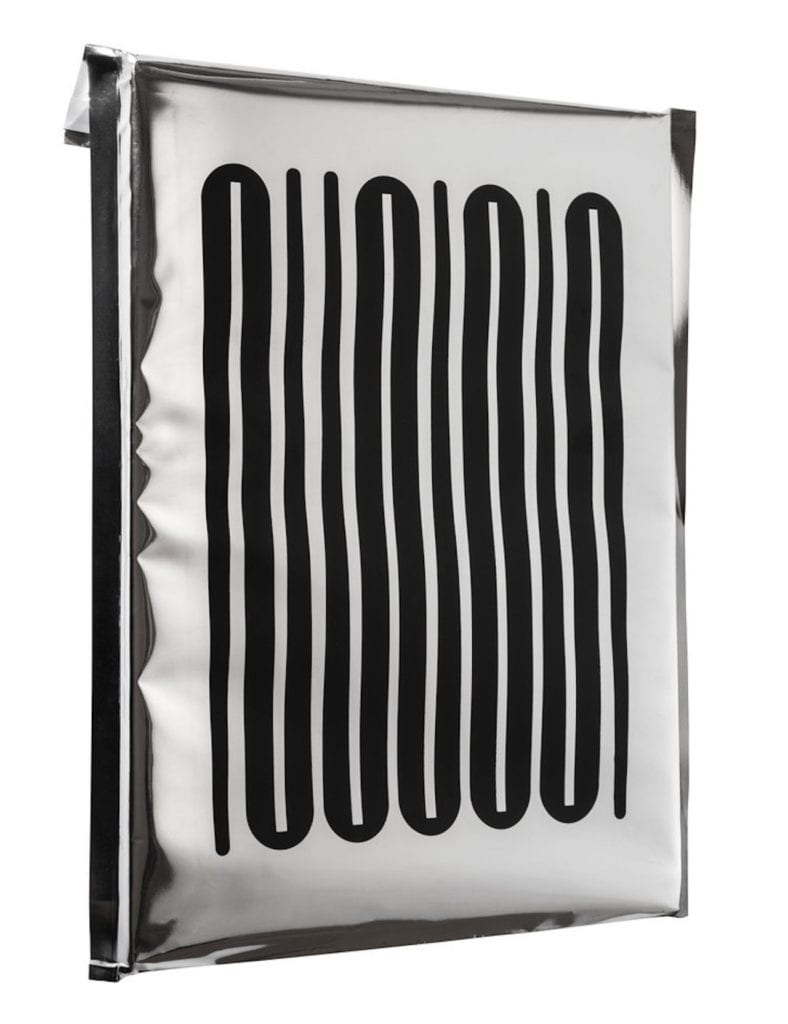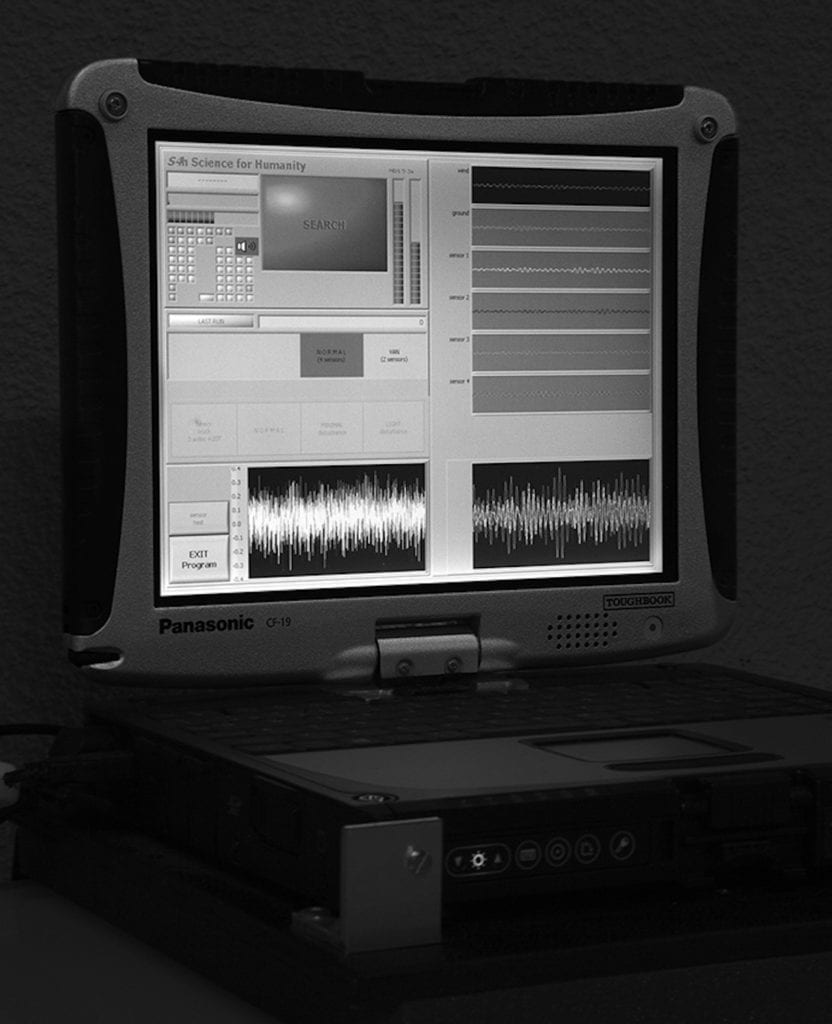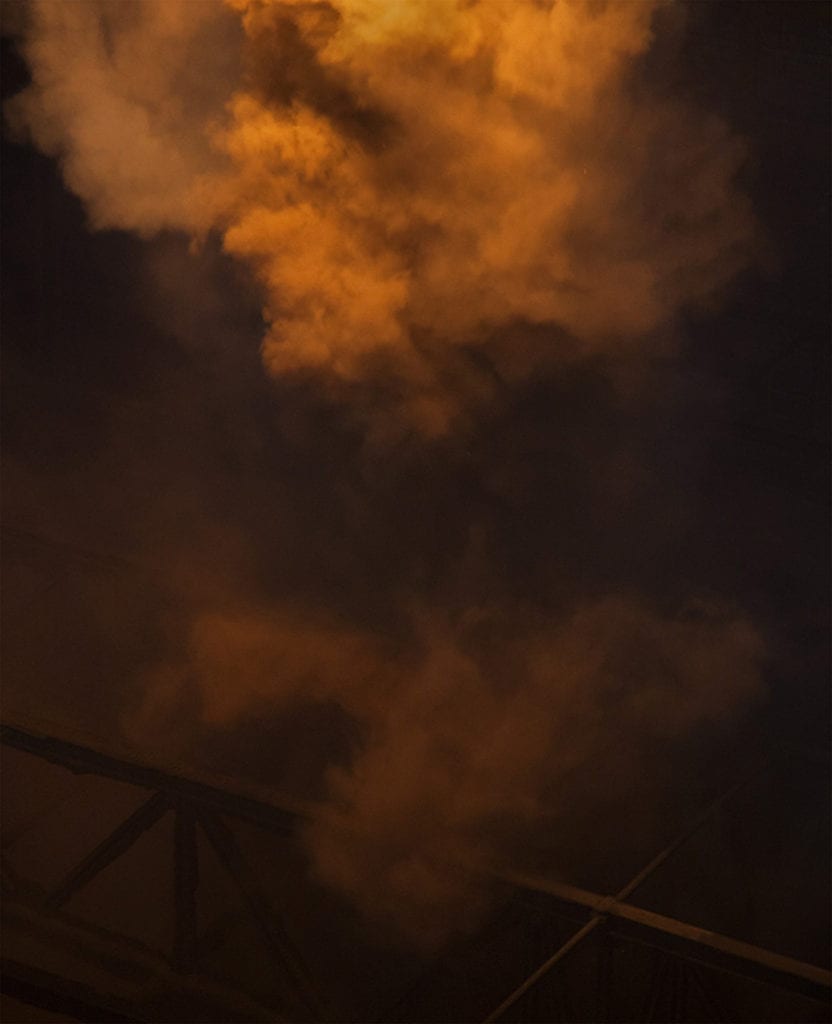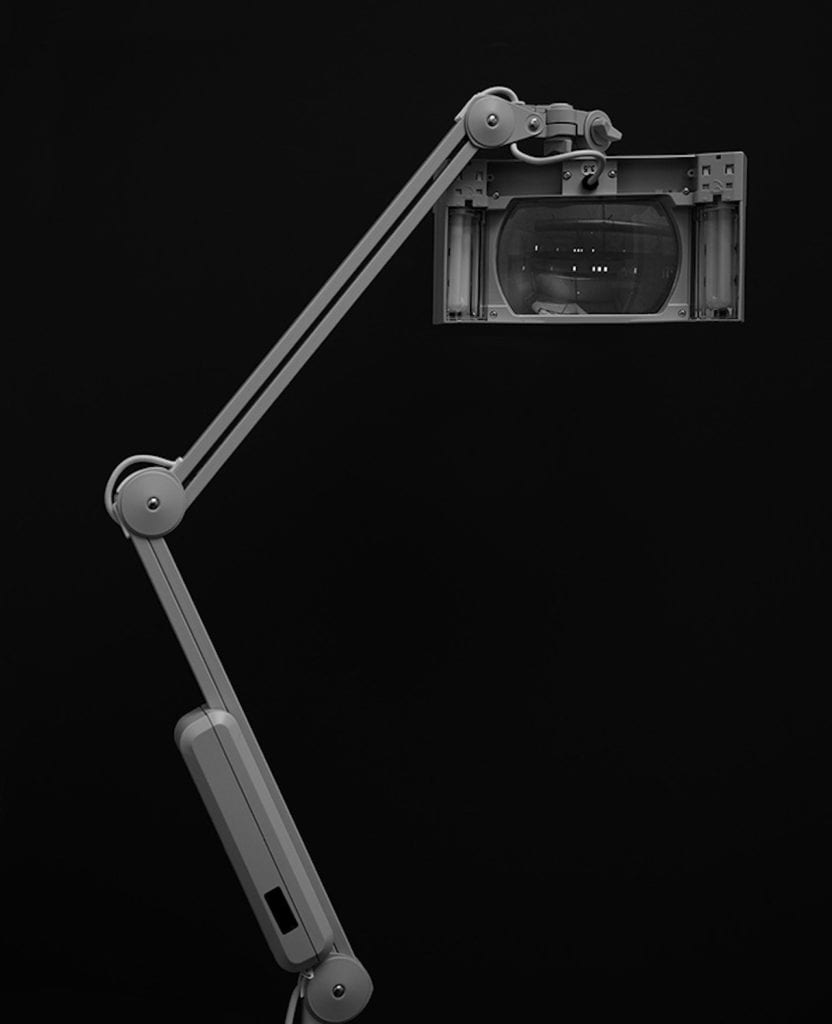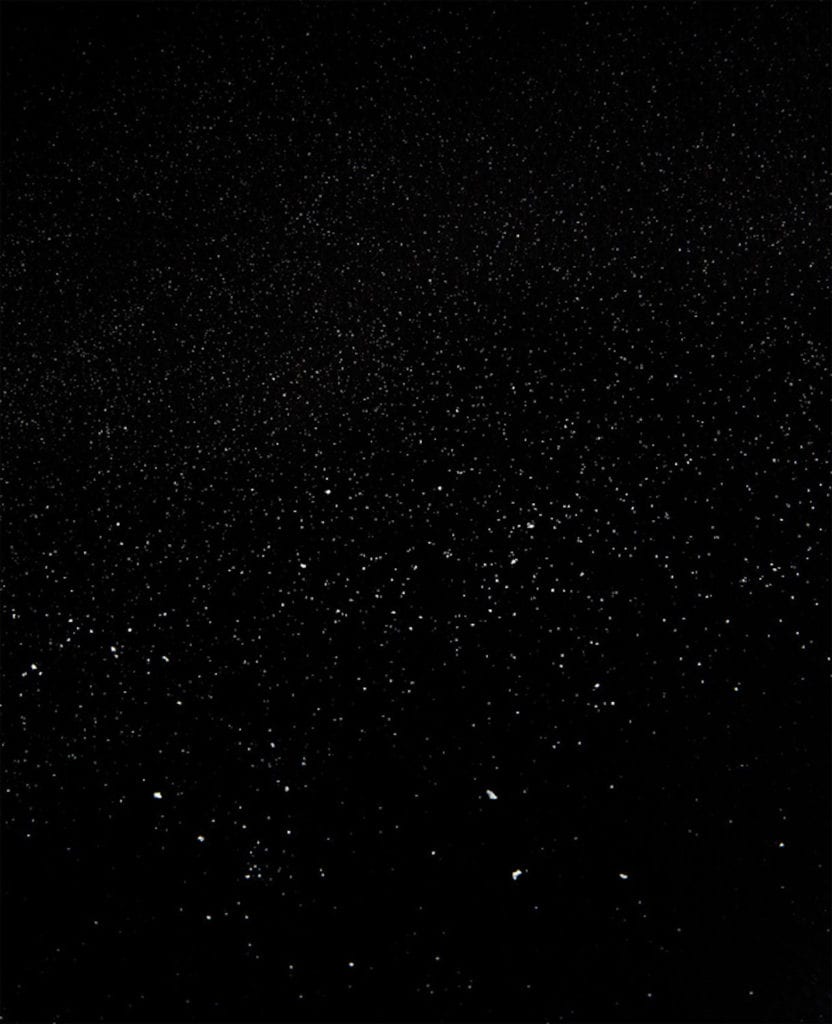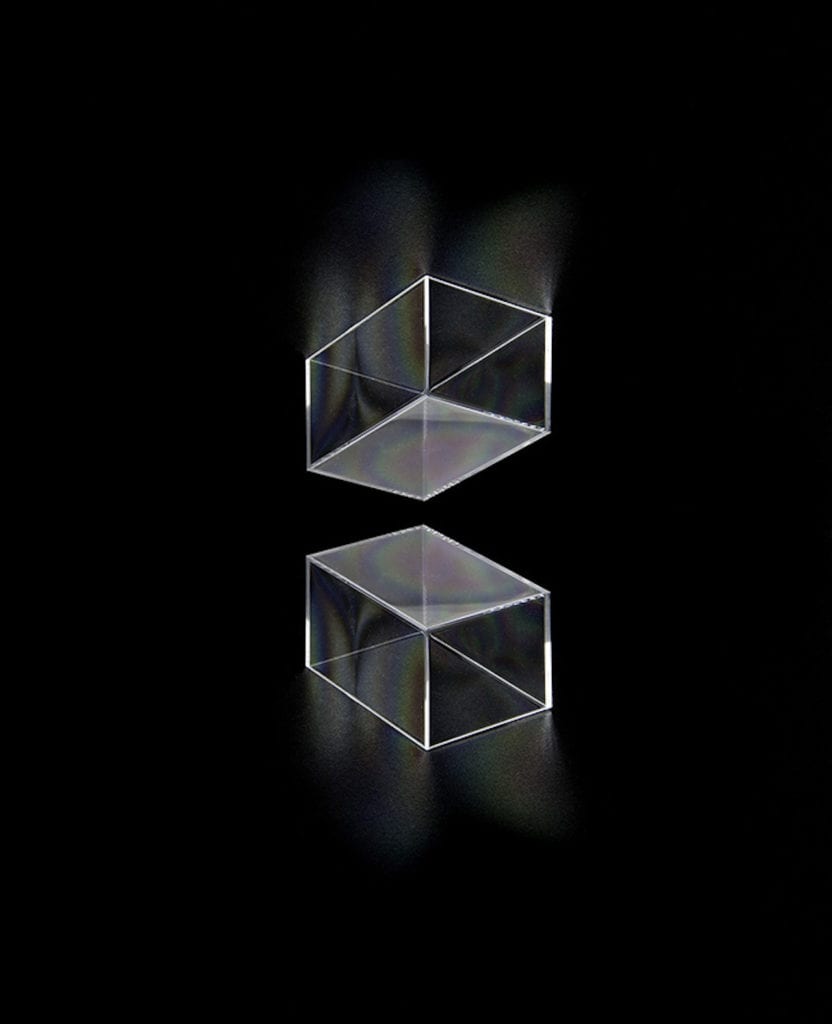“I thought it was a joke,” says Ezio D’Agostino, about the moment he learned of Luxembourg’s plans to mine near-Earth objects for mineral resources. “I have always admired space exploration – it has been a passion since I was a young child, but this program is not romantic like stories of space travel.”
The idea is to mine for precious metals such as gold, silver and platinum, or for lunar water, which can be distilled into rocket fuel for future space missions, on asteroids in space. The concept sounds like the stuff of science-fiction, but latest news likens it to a 21st-century gold rush.
In February 2016, four months into D’Agostino’s three-year residency at The National Audiovisual Centre in Luxembourg, the government launched the SpaceResources initiative. It provides a legal framework to secure property rights for resources that are harvested in space, and has attracted the attention of global companies and private investors.
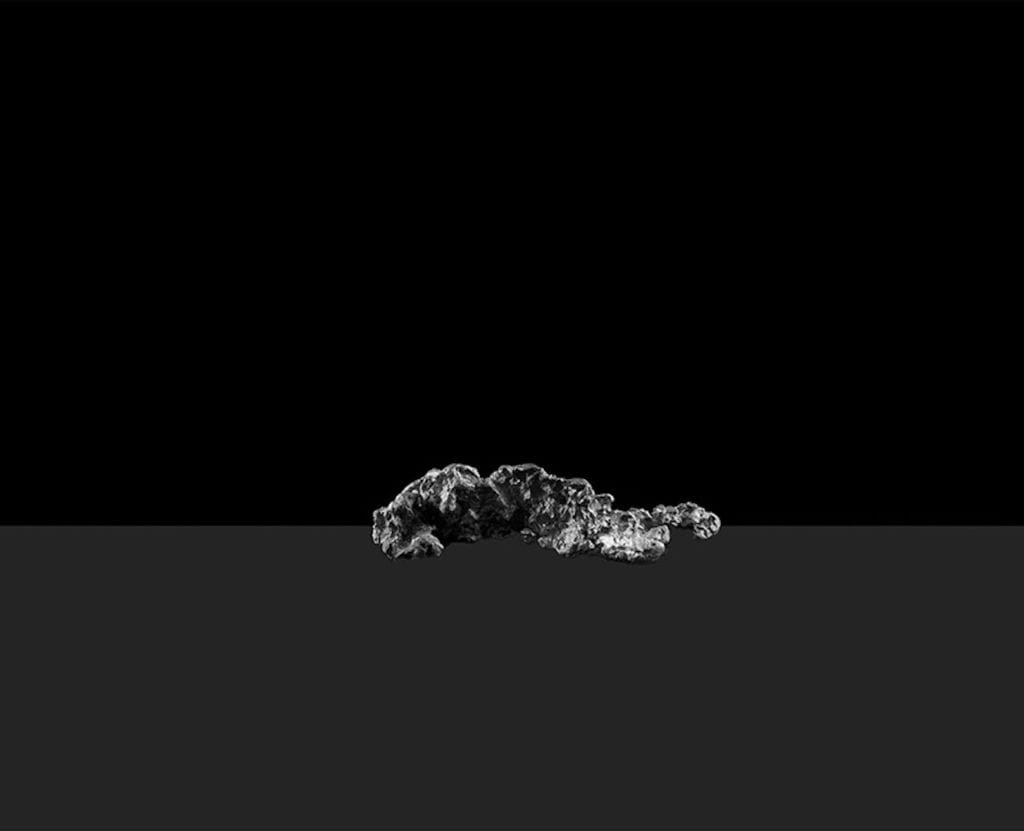
Prompted by this new approach to capitalising on resources, D’Agostino’s new book, NEOs – an abbreviation of Near-Earth Objects – aims to question economic progress by looking back on the history of Luxembourg. The population of Luxembourg is just under 600,000 – more than 100 times smaller than the UK – but it is one of the richest countries in the world. It owes its wealth largely to the discovery of iron and steel in the late 1800s, which gave rise to a powerful steel industry. In more recent decades, Luxembourg’s high GDP is attributed to private banking and low taxes, and soon, it may become the European hub for commercial space operations.
In his book, D’Agostino presents black-and-white images of objects and locations that relate to Luxembourg’s history of iron and steel production. Compared to his previous projects, which are rooted in natural light and landscape, NEOs is darker and more conceptual. Shot mostly at night, D’Agostino wanted viewers to look at objects of the past as if they were in the future. “I wanted the project to seem like it was from space, but also from the mines,” he says.
NEOs by Ezio D’Agostino is published by Skinnerboox
